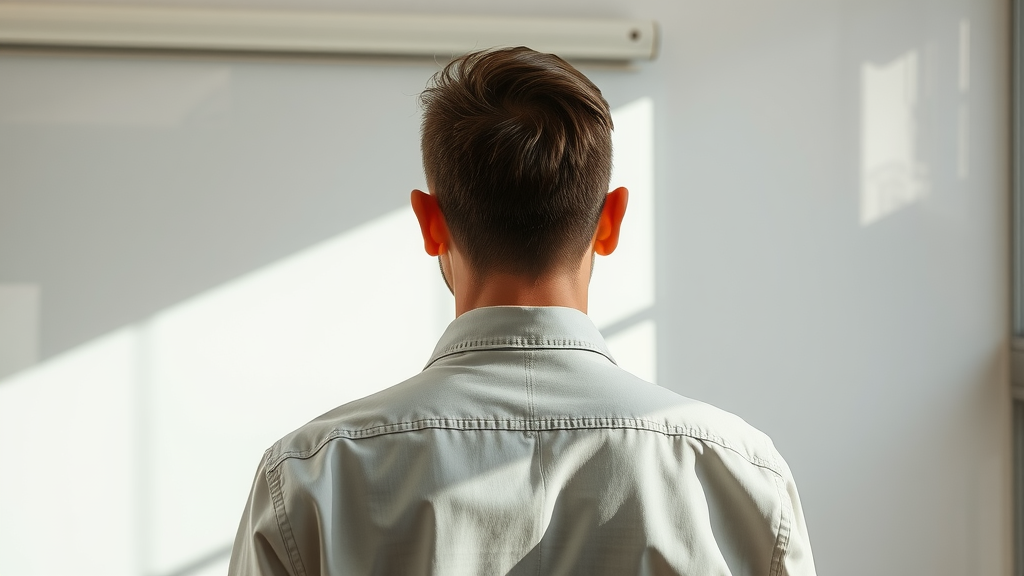What can they take during bankruptcies?
bankruptcy exemptions, bankruptcy assets, Nova Scotia
In Canada, bankruptcy trustees can seize non-exempt assets like excess home equity, extra cars, and unsecured investments to pay creditors. However, things like certain pension plans and basic household items are often protected. Provincial laws dictate specifics, so knowing local exemptions is crucial.

Understand bankruptcy exemptions in Canada for your assets.
Question
What can they take during bankruptcies?
I’m curious about what assets or possessions I might lose if I declare bankruptcy. Are there any exemptions or protections?
From: Anonymous Question
Location: Halifax, Nova Scotia (NS)
Topic: personal bankruptcy
Debt Insiders Answer
In Canada, when you’re going through bankruptcy, the trustee can swoop in and take your non-exempt assets to help settle your debts. This can include things like your home—if its equity goes over the local exemption limit—extra cars, business gear, and investments that aren’t shielded by specific laws. Good news, though: some stuff might be off-limits for creditors, like property held in trust, certain pension plans such as RRSPs or RRIFs, and basic household goods, though these vary by province.
Speaking of variations, each province dances to its own beat with exemptions. Take Alberta: you can keep your head above water with up to $40,000 in home equity, one car up to $5,000, and the must-haves in your living room might be safe too. Knowing what’s safe is key during a bankruptcy shuffle. For a deeper dive into this topic, check out our friendly guide on What can they take during bankruptcies?.
From: Insider Adam
Elimiate up to 80% of Your Debt
High cost of gas, high cost of groceries, high lending rates, low salary - being in debt is not your fault! See if you qualify for government debt programs and get out of debt today!
Office of the Superintendent of Bankruptcy (OSB) Answer
In Canada, during bankruptcy, certain assets and possessions may be seized by the bankruptcy trustee to repay creditors. However, the Bankruptcy and Insolvency Act provides for various exemptions.
Under the Act, you may generally retain:
- Basic household items necessary for everyday living (furniture, appliances).
- Personal belongings, such as clothing and personal hygiene items.
- Tools required for your trade or employment, up to a certain value.
- Equity in a home or vehicle up to specific limits, as outlined in provincial exemptions.
For specifics on what you can keep versus what may be taken, refer to the Bankruptcy and Insolvency Act, Section 67, which outlines exempt property. Additionally, provincial regulations may establish further protections, so it’s important to check the laws applicable in your province.
Refer to:
- Bankruptcy and Insolvency Act, Section 67
- Relevant provincial regulations as outlined in SOR-2007-256 and C.R.C., c. 368.
From: OSB Helper
Related Questions
Here are the top 5 most frequently asked questions related to what can be taken during bankruptcies in Canada, along with brief answers:
1. What assets are exempt from seizure in bankruptcy?
- Assets such as necessary clothing, household furnishings and appliances up to a certain value, personal vehicles up to a specific value, tools for earning a living, and medical aids are generally exempt[1][3][5].
2. Can I keep my home if I declare bankruptcy?
- You can keep your principal residence if the equity is $10,000 or less in Ontario; otherwise, it may be subject to seizure[1].
3. Can I keep my car if I declare bankruptcy?
- You can keep your car if its liquidation value is below a certain threshold, such as $6,600 in Ontario[1][3].
4. Are RRSPs and RRIFs protected in bankruptcy?
- Yes, RRSPs and RRIFs are protected from seizure, except for contributions made in the 12 months preceding the bankruptcy[1][5].
5. Can creditors seize my tools and equipment used for work during bankruptcy?
- No, tools and equipment used to earn a living are exempt up to a certain value, such as $11,300 in Ontario[1][5].
If you have a question about debt see our debt questions or ask your own debt related question.
References
| Title, Source |
|---|
| Bankruptcy and Insolvency Act, Government of Canada |
| Understanding Assets in Bankruptcy, MNP Ltd. |
| Bankruptcy Exemptions by Province, CBA |
| Bankruptcy and Insolvency Act (R.S.C., 1985, c. B-3), Government of Canada |
Table of article references
Eliminate up to 80% of Your Debt
High cost of gas, high cost of groceries, high lending rates, low salary - being in debt is not your fault! See if you qualify for government debt programs and get out of debt today!